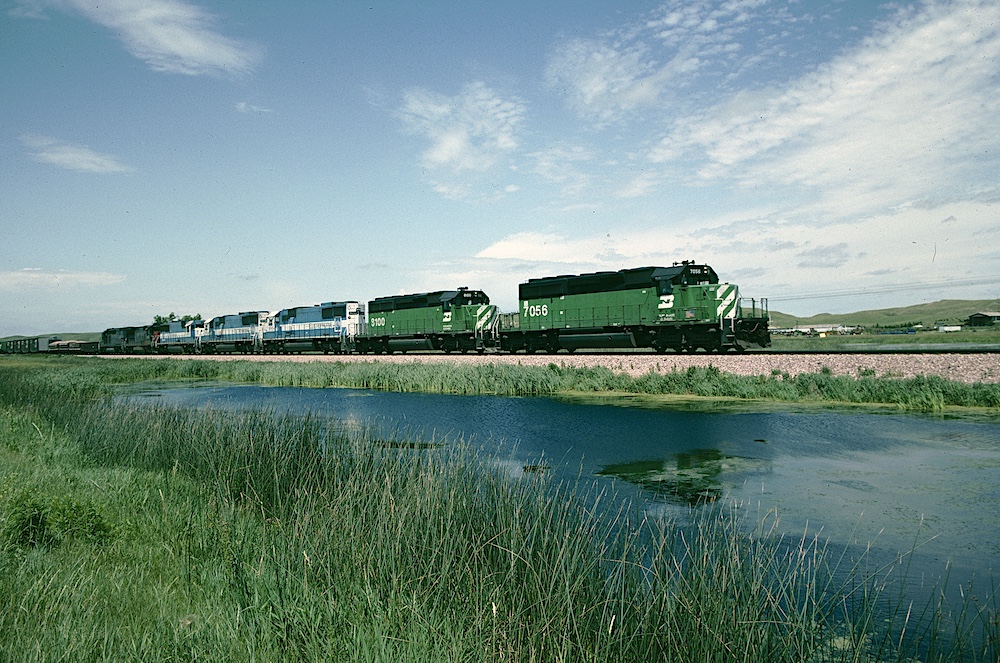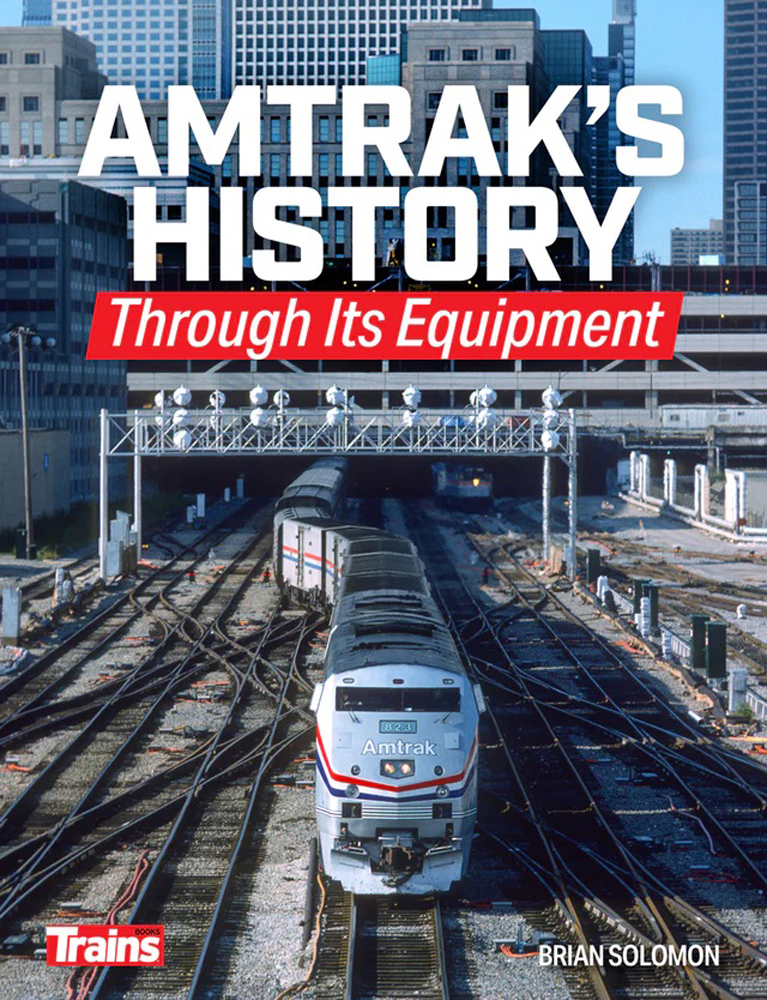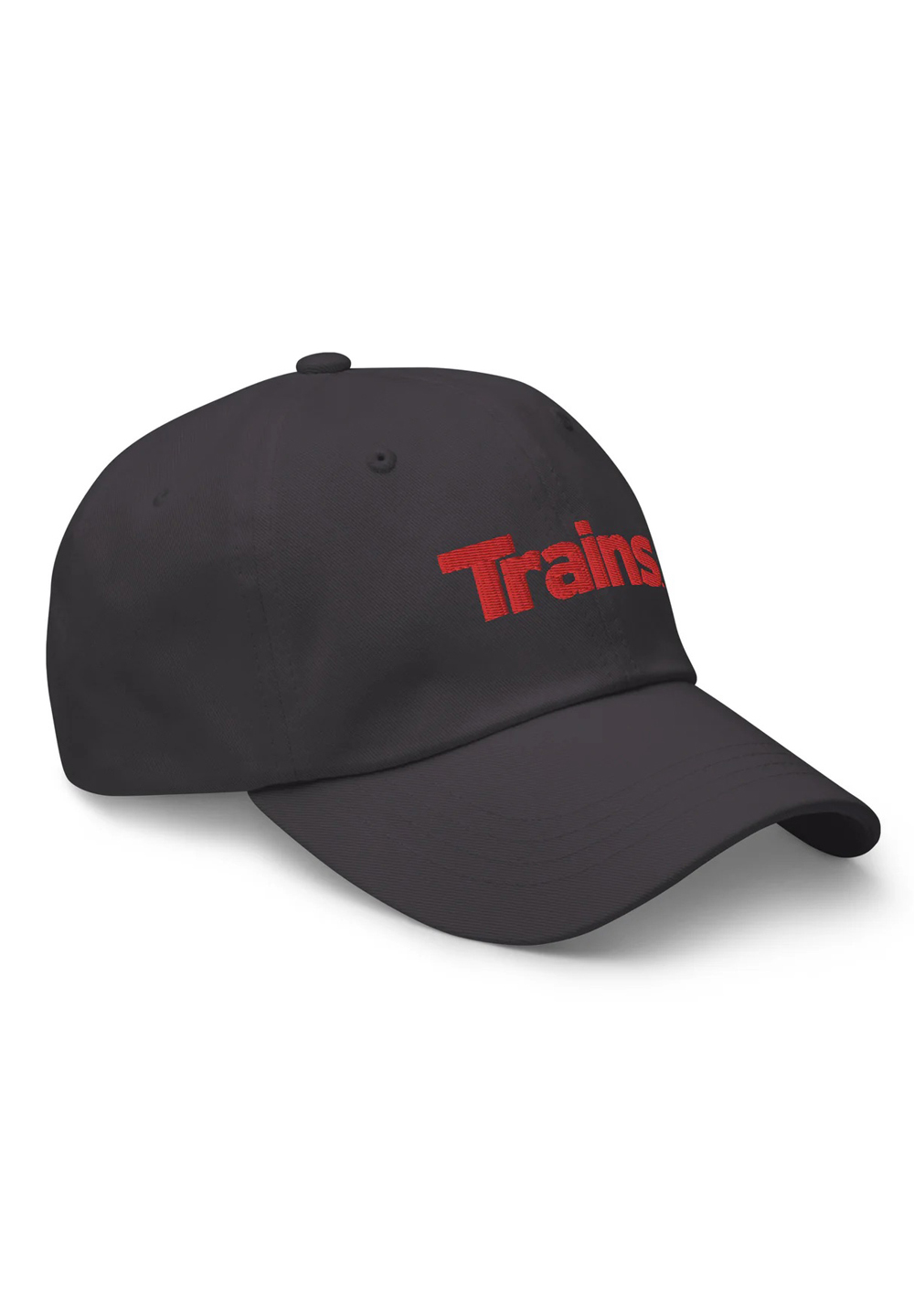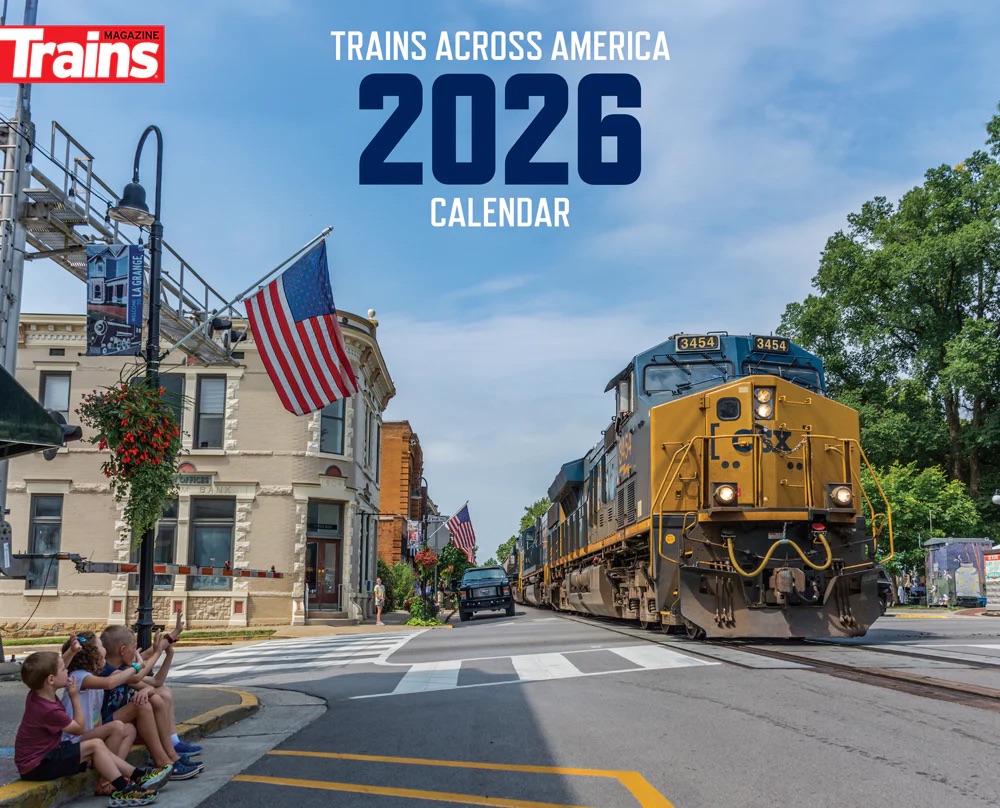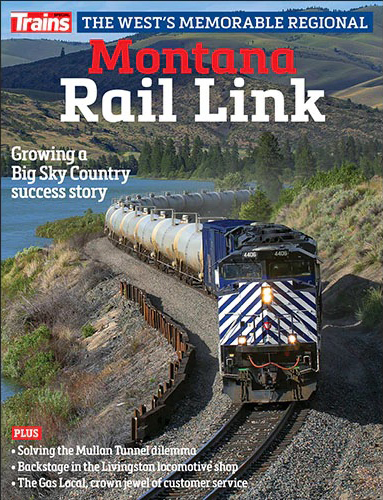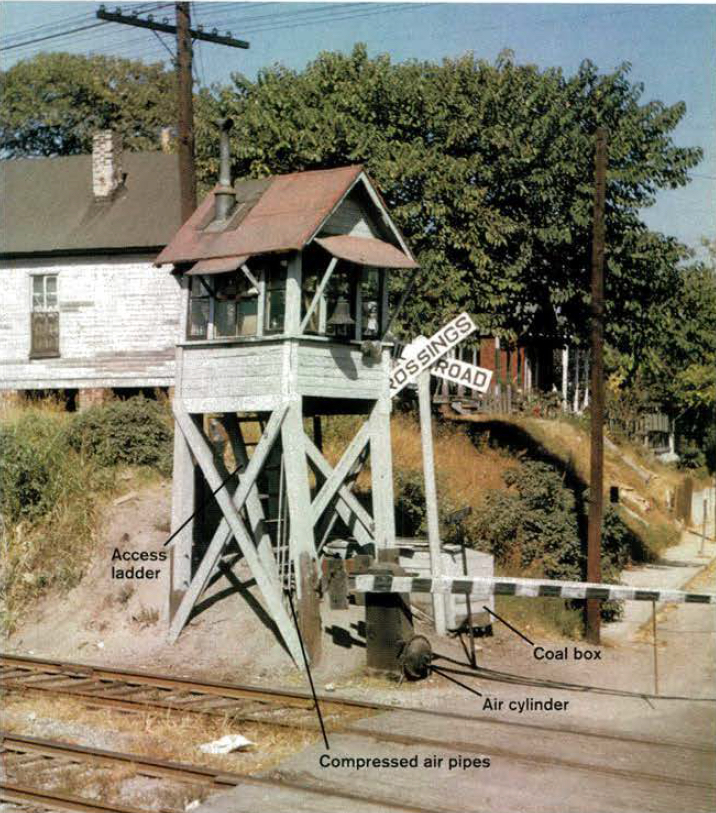
Elevated crossing gate towers were once common sights at busy road intersections. The compact and fascinating structures faded from the railroad scene during the 1940s and 1950s as automatic crossing gates became more widely used.
The role of the towers was simple, yet important. Keeping watch from his lofty perch, the crossing tender warned motorists and pedestrians of a train’s approach. Some towers had electric gate controls. The one pictured above used air pressure — the operator lowered the gates by working a hand pump.
This tower has all the necessities: awnings for shade on hot days, a coal stove for chilly nights and a wooden coal box at the base of the tower, pipes for compressed air, and what might be a steam locomotive bell. This aging shanty was built on the foundations of an even older structure. Notice how the support columns have been notched and bolted to the posts of the earlier structure — a nifty bit of carpentry.
The tight location of the tower, wedged between a hillside and the tracks, necessitated a steep set of stairs — it’s practically a ladder — to a trapdoor under the cabin. In more spacious surroundings, a tower would typically have an outside staircase and side entrance.
The warped plywood awnings, the weathered tarpaper patch on the roof, the leaning crossbuck, and the grass between the rails, are details that add character to this fascinating little structure.






